PPT-How to enter the world of Python Programming for ArcGIS
Author : celsa-spraggs | Published Date : 2018-10-22
Or a funny thing happened on the way from an ESRI conference By Katherine Paybins WVAGP Membership Meeting November 3 2011 Why use Python in ArcGIS 9 or 10 With
Presentation Embed Code
Download Presentation
Download Presentation The PPT/PDF document "How to enter the world of Python Program..." is the property of its rightful owner. Permission is granted to download and print the materials on this website for personal, non-commercial use only, and to display it on your personal computer provided you do not modify the materials and that you retain all copyright notices contained in the materials. By downloading content from our website, you accept the terms of this agreement.
How to enter the world of Python Programming for ArcGIS: Transcript
Download Rules Of Document
"How to enter the world of Python Programming for ArcGIS"The content belongs to its owner. You may download and print it for personal use, without modification, and keep all copyright notices. By downloading, you agree to these terms.
Related Documents


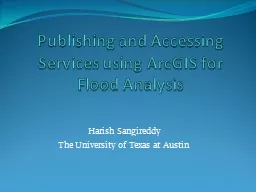

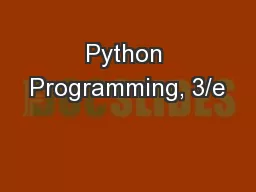
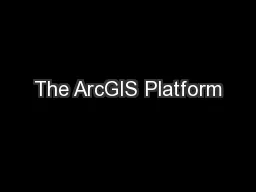
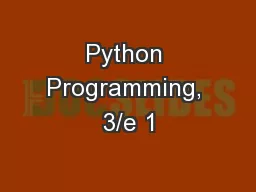
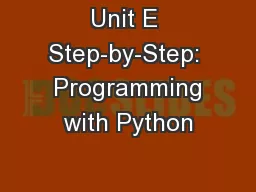
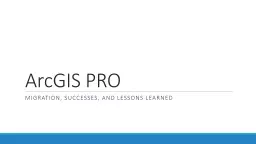
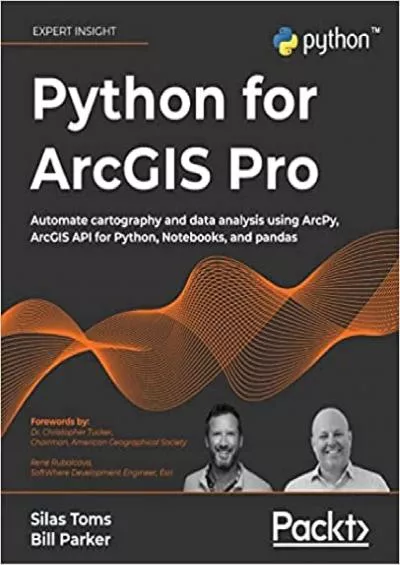
![[DOWLOAD]-Python Programming for Beginners An Introduction to the Python Computer Language](https://thumbs.docslides.com/970637/dowload-python-programming-for-beginners-an-introduction-to-the-python-computer-language-and-computer-programming-python-python-3-python-tutorial.jpg)
![[PDF]-Programming 3: Python Programming Professional Made Easy & C Programming Success](https://thumbs.docslides.com/980147/pdf-programming-3-python-programming-professional-made-easy-c-programming-success-in-a-day-c-programming-c-programming-c-programming-language-html-python-programming-python-java-php.jpg)
![[READ]-Programming 5:C Programming Success in a Day Excel Shortcuts (C Programming, C++programming,](https://thumbs.docslides.com/988966/read-programming-5-c-programming-success-in-a-day-excel-shortcuts-c-programming-c-programming-c-programming-language-excel-javascript-programming-microsoft-excel-python-java-php.jpg)

